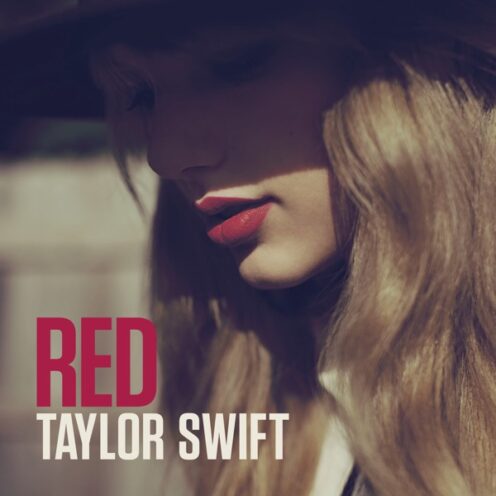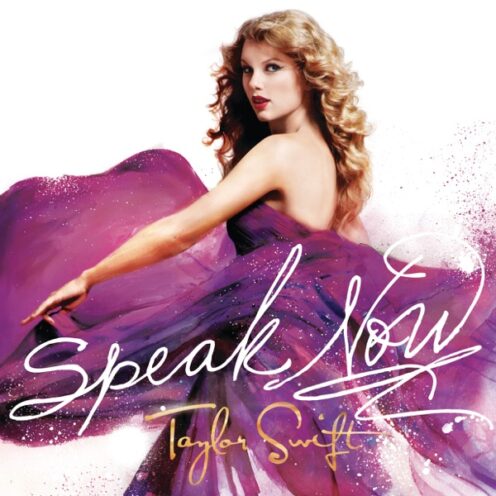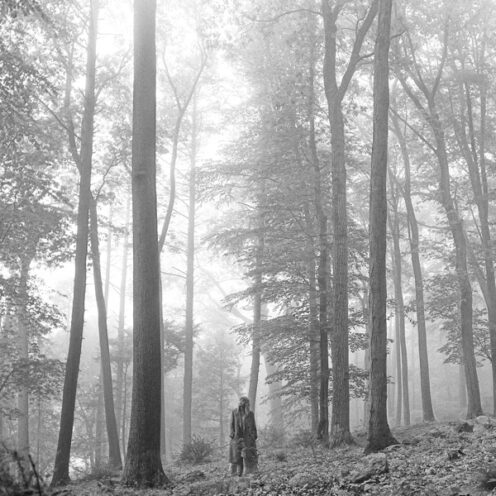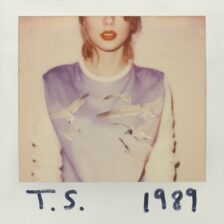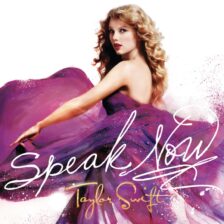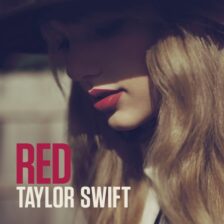Can it really be your “first documented, official pop album” if you’ve already released three of the biggest pop albums in recent memory? 10 years ago this weekend, Taylor Swift delivered the answer to that question, and the answer was a decisive, resounding “Yes.”
From the vantage point of 2024, it’s almost difficult to remember any version of Taylor Swift that wasn’t a world-conquering, stadium-tour-dominating pop star. The past two years of Taylormania have so thoroughly dwarfed any other pop star achievement in my lifetime that it’s even a little difficult to think back to pre-COVID times, when it seemed like the Taylor Swift machine was maybe starting to run out of gas. As mid-decade lists pour out from every music publication out there, I expect plenty of debates about what was the quote-unquote “best song” or “best album” of the decade. When it comes to discussing the artist of the decade so far, though, there is simply no debate: it’s Taylor, then it’s 93 million miles, and then it’s everyone else.
But it wasn’t always that way, and in the Taylor Swift story, it’s album number five, 2014’s 1989, that serves as arguably the most important inflection point between phase one Taylor and the force of nature we know today. Per the narrative, Taylor Swift before 2014 was a country star who had crossed over to pop music success but never fully left her Nashville roots behind. 1989, in being her “first documented, official pop album” – the weird phrasing she used to describe the LP when she officially announced it in August 2014 – was the album that made the crossover complete, and solidified Taylor’s status as the world’s biggest musical star in the process.
Read More “Taylor Swift – 1989”
